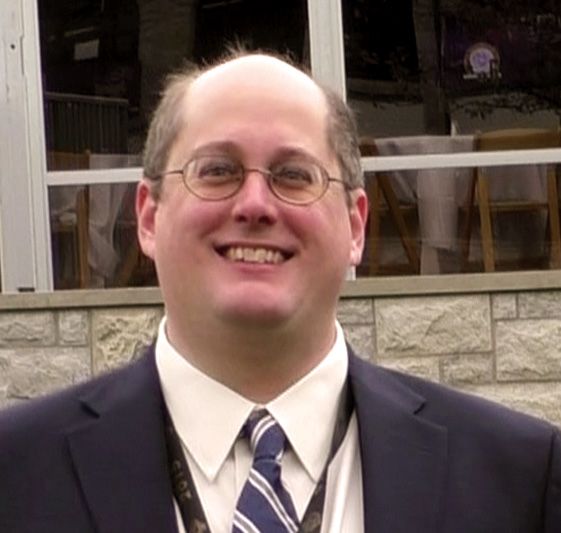Handicapping Insights
HANDICAPPING INSIGHTS
JANUARY 8, 2010
by Dick Powell
Gulfstream Park opened for another season of racing on Sunday and will
present many challenges for those of us looking to handicap and wager on their
races. With horses shipping in from all over the country facing the year-round
south Florida contingent, it makes Gulfstream a high risk/high reward scenario.
With a minimum two to three turf races scheduled each racing day, the wide,
expansive turf course has been split in two, with races usually run on both
courses. In the past, the temporary rail was set at 12 foot increments and that
is where the day's turf races would be run. Now, however, they can be run with
the rail down on the inside and at 72 feet on the outside. You will have to pay
attention and keep track of the rail position more than ever before.
My research in the past showed that when the rail was placed outside at 72
feet and beyond, wide, closers seemed to have the edge. When the rail is down or
at 12 feet, inside, tactical speed seemed to have the edge.
With a riding colony from all over North America in the Gulfstream jock's
room, I spend a lot of time trying to understand who is riding the lawn well and
who is not.
It is no surprise that Kent Desormeaux is still riding the turf courses at a
top level. He's winning 19 percent of his overall mounts but 21 percent on the
turf with a negative ROI of only -0.04. Julien Leparoux had a great year in 2009
with a 19 percent strike rate overall but he wins 17 percent on the turf and his
ROI goes down to -0.40, meaning that Julien's turf starters are being overbet.
Makes sense to me.
Rajiv Maragh had a breakout year in 2009 when winning 16 percent of his
mounts overall. On the turf, he wins 14 percent but he shows a positive ROI of
+0.02. I love to bet Rajiv on the grass, especially when he's riding a turf
horse for the first time. Manny Aguilar only wins 9 percent of his overall
mounts but shows a decent ROI of -0.24. However, on the turf Aguilar wins 10
percent with a very profitable ROI of +0.99. Jesus Luis Castanon won 12 percent
of his overall mounts last year but won 15 percent of his turf mounts with a
healthy ROI of +0.05.
Luis Arango won 16 percent of his overall mounts with a ROI of -0.38 but on
the turf he's winning 17 percent and a profitable ROI of +0.49. Eddie Castro, to
no surprise, won 18 percent of his overall mounts last year and won the same
percentage on the turf and showed a big ROI of +0.80. Jeremy Rose had a great
year, winning with 23 percent of his overall mounts and 22 percent of his turf
mounts with a ROI of -0.07.
On the negative side, Edgar Prado won 12 percent of his overall mounts last
year but could only win with 9 percent of his turf mounts and he had a negative
ROI of -0.93. Johnny Velazquez won with 18 percent of his overall mounts last
year but only 11 percent of his turf mounts and had a negative ROI of -0.61.
I like using these jockey stats that are found in the BRIS Ultimate Past
Performances as a guide to betting turf racing. Guys like Aguilar, Castanon and
Arango can get the job done when given the opportunity and don't dismiss their
chances when you seen them on a contender in a turf race.
The main track at Gulfstream has favored speed for the past few years. If a
synthetic track consistently had such a bias there would be calls to the local
John Deere dealer to send over a convoy of tractors to dig it up. Every one-turn
distance run on the Gulfstream main track had a speed bias between 73 and 78
percent. The average distance in lengths the winner is behind at the first call
is less than two, so you can't be too far back.
For example, in 112 races run at six furlongs on the Gulfstream main track
last year, 35 percent of the winners went gate-to-wire and it had a speed bias
of 74 percent.
On the turf, the opposite is true since you usually have to be off the pace
to do well except in five-furlong turf sprints where the front runner won 30
percent of the time.
One other point you need to know is why the first quarters in one-turn mile
races on the main track are unusually slow. These races start at the top of the
chute and there is little room behind the one-mile marker to move the starting
gate around. It is usually set at five feet so one-turn mile races on the dirt
have hardly any run-up to the timing pole and are usually very slow.
Do not make the mistake that a horse that runs :24 and change for the first
quarter and :23 and change for the second quarter has picked up the pace. The
first quarter is usually around :24 and it does not mean that the race has a
slow pace.
When examining the past performances of main track, one-mile races, be aware
of the first quarter being slower than normal due to the short run-up when
making any judgments on the pace of the race. Better yet, just use the Pace
figures that are found in the BRIS Ultimate Past Performances.
Authors
Categories
Featured Keeneland Products
Kentucky Handicapper's Sheet (PDF)
No one follows the racing in Kentucky better than our handicappers. Get expert selections, in-depth analysis, and wagering strategy daily.
Buy NowSuper Screener
HRN's premiere analysis product, providing selections, analysis & wagering strategy for top stakes every weekend. Mike Shutty uses historical data to screen each race, identifying criteria that helps pick winners & toss vulnerable favorites.
Buy NowBruno With the Works
Bruno De Julio & team bring 30+ yrs experience observing racehorses to Brisnet with valuable insight into their morning routines & chances for success in the afternoons.
Buy NowGus Alonso's Spotlight Selections
As heard on 'At The Races w/ Steve Byk,' Gus Alonso spotlights the biggest racing days of the year!
Buy NowADVERTISEMENT





